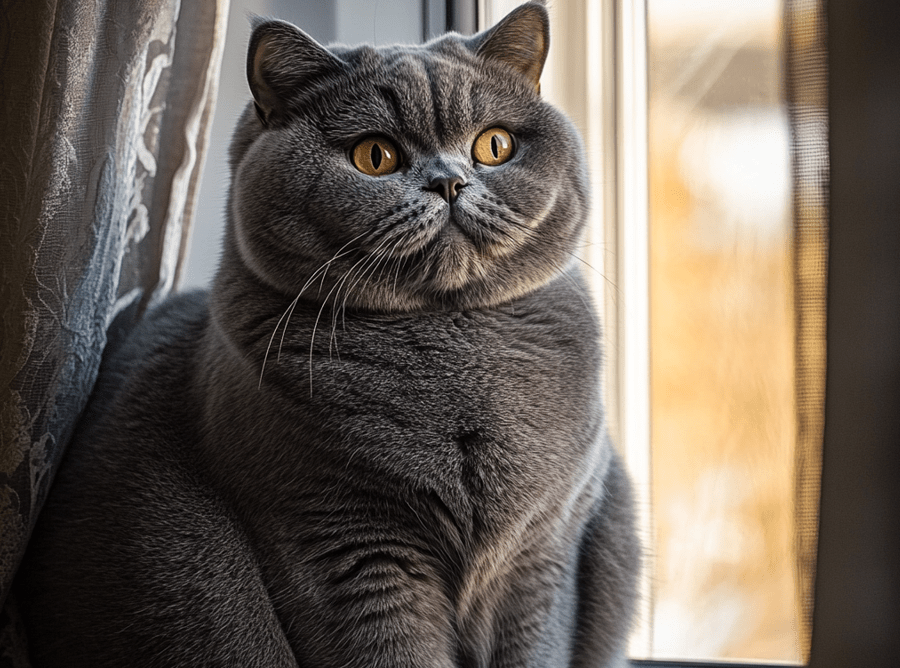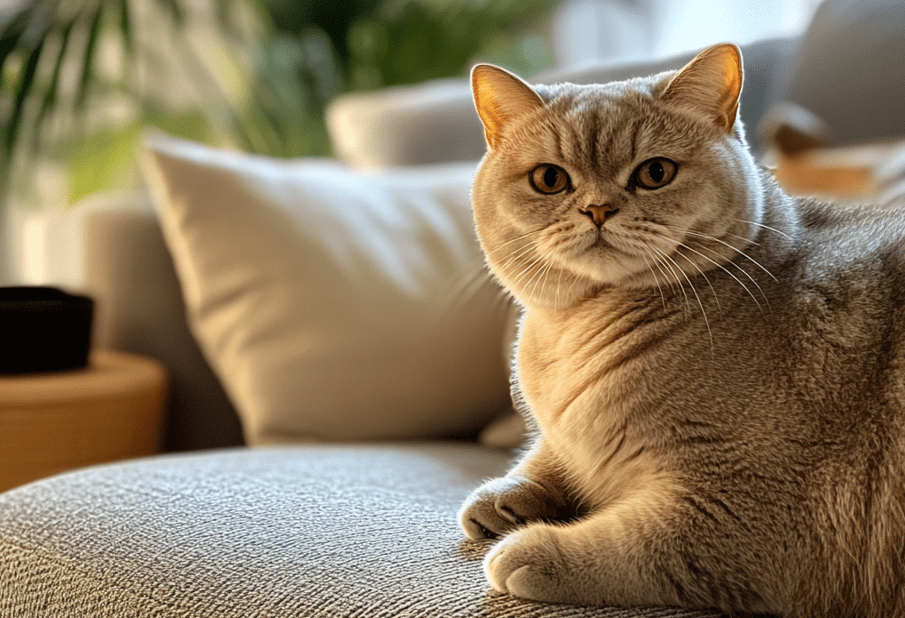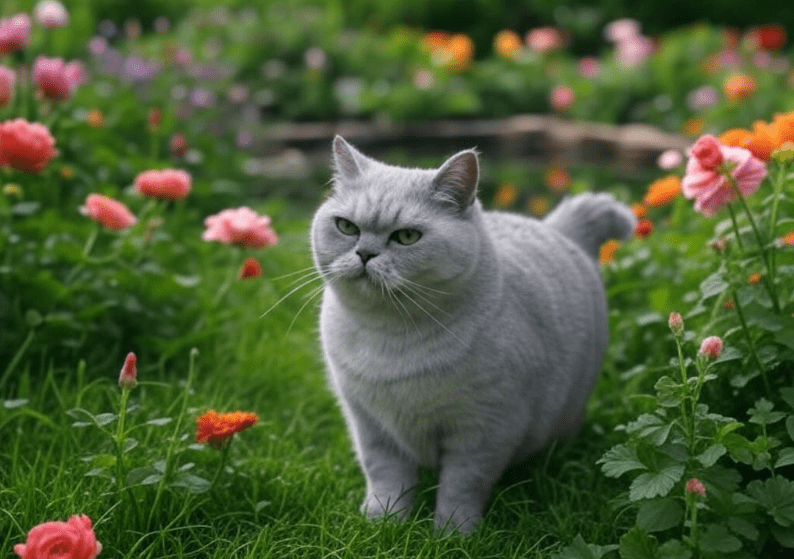
Grooming your British Shorthair doesn’t have to be a stressful experience for you or your cat. In this guide, we’ll explore how to teach British Shorthair grooming in a way that makes it enjoyable for your feline friend. British Shorthairs are known for their plush, dense coats and calm demeanor, but they can be sensitive to grooming if not approached correctly. With the right techniques, patience, and consistency, you can turn grooming into a bonding experience that your cat looks forward to. Let’s dive into the steps, tips, and tools you need to make grooming a breeze.
Why Grooming Your British Shorthair is Important
British Shorthairs have a thick, short coat that requires regular grooming to stay healthy and shiny. Grooming helps remove loose hair, prevents matting, and reduces hairballs, which are common in this breed due to their dense fur. It also gives you a chance to check for skin issues, fleas, or other health concerns. Regular grooming sessions promote a healthy coat, improve circulation, and strengthen the bond between you and your cat. However, if your British Shorthair associates grooming with stress, it can become a challenge. That’s why teaching them to enjoy the process is key.
Understanding Your British Shorthair’s Personality
British Shorthairs are known for their laid-back, independent nature. They’re not as vocal or demanding as some other breeds, but they do have strong preferences. Some British Shorthairs may initially resist grooming because they’re not used to being handled extensively. Others might find certain tools—like brushes or combs—uncomfortable. Understanding your cat’s personality and preferences is the first step to making grooming a positive experience. Pay attention to their body language: flattened ears, swishing tails, or hissing are signs of discomfort. On the other hand, purring, relaxed posture, and slow blinking indicate they’re at ease.
Step-by-Step Guide to Teach British Shorthair Grooming
Here’s a detailed, actionable plan to help your British Shorthair learn to love grooming sessions. Follow these steps consistently, and you’ll see progress over time.

Step 1: Start with a Calm Environment
Create a grooming space where your British Shorthair feels safe. Choose a quiet room with minimal distractions—no loud noises, other pets, or sudden movements. Lay down a soft towel or blanket for your cat to sit on, as this provides comfort and stability. You can also play soft music or use a pheromone diffuser like Feliway to help your cat relax. The goal is to make the environment feel secure, so your British Shorthair associates grooming with a peaceful experience.
Step 2: Introduce Grooming Tools Gradually
If your British Shorthair is new to grooming, don’t start by brushing them right away. Instead, let them get familiar with the tools. Place the brush or comb near their favorite resting spot and let them sniff it. You can even rub the tool with a treat or catnip to create a positive association. For the first few sessions, simply touch the brush lightly against their fur without actually grooming. Reward them with treats, praise, or gentle petting to reinforce that the tool isn’t a threat.
Choosing the Right Grooming Tools
Not all grooming tools are suitable for a British Shorthair’s dense coat. Here are some recommendations:
Slicker Brush: Ideal for removing loose hair and preventing mats. Look for one with soft, rounded bristles to avoid scratching their skin.
Deshedding Tool: A tool like the FURminator can help reduce shedding, but use it sparingly to avoid over-grooming.
Grooming Glove: Some cats prefer the feel of a grooming glove, which mimics the sensation of being petted.
Wide-Tooth Comb: Useful for detangling without pulling on the fur.
Always choose tools designed for cats, and avoid anything too harsh that might irritate their sensitive skin.
Step 3: Begin with Short, Positive Sessions
Start with brief grooming sessions—about 1-2 minutes—and gradually increase the duration as your cat becomes more comfortable. Focus on one area, like their back, where most cats enjoy being touched. Use gentle, slow strokes, and stop immediately if your cat shows signs of stress. After each session, reward them with a treat, playtime, or affection. The goal is to end on a positive note, so they associate grooming with something enjoyable. Over time, you can extend the sessions to include their sides, belly, and tail.
Step 4: Use Positive Reinforcement
Positive reinforcement is one of the most effective ways to teach British Shorthair grooming habits. Every time your cat allows you to groom them without fuss, reward them immediately. This could be a small treat (like a piece of freeze-dried chicken), verbal praise in a soothing tone, or a quick play session with their favorite toy. Avoid forcing them to continue if they’re resistant, as this can create a negative association. Consistency and patience are key—over time, your cat will learn that grooming leads to rewards.
Step 5: Pay Attention to Sensitive Areas
British Shorthairs can be particular about certain areas, like their belly, paws, and tail. These spots are often more sensitive, and overstimulating them can lead to discomfort. Start by focusing on less sensitive areas, like the back and sides, and slowly work your way to the trickier spots. If your cat resists, don’t push it. Instead, try again in the next session, using a lighter touch or a different tool, like a grooming glove. Always monitor their body language to gauge their comfort level.
Step 6: Incorporate Grooming into Their Routine
Consistency helps your British Shorthair get used to grooming. Aim for 2-3 sessions per week, depending on their shedding patterns. Spring and fall are peak shedding seasons for British Shorthairs, so you might need to groom more frequently during these times. Incorporate grooming into their daily routine—for example, after a meal or during a quiet time of day when they’re already relaxed. Over time, grooming will become a normal part of their schedule, and they’ll be less likely to resist.
Step 7: Address Matting and Tangles with Care
If your British Shorthair’s coat develops mats or tangles, don’t pull or tug at them—this can be painful and make them dread grooming. Instead, use a detangling spray designed for cats and gently work through the mat with a wide-tooth comb. For stubborn mats, you may need to carefully trim them with blunt-tipped scissors, but be cautious to avoid cutting their skin. If the matting is severe, consult a professional groomer or veterinarian to handle it safely.
Step 8: Make Grooming a Bonding Experience
Grooming isn’t just about maintaining your cat’s coat—it’s also a chance to strengthen your bond. Speak to your British Shorthair in a calm, soothing voice during the session. You can also incorporate gentle petting or a light massage to make the experience more enjoyable. Some owners find that grooming while their cat is sitting on their lap helps create a sense of closeness. The more your cat associates grooming with love and attention, the more likely they are to enjoy it.
Common Challenges and How to Overcome Them
Even with the best approach, you might encounter some challenges while trying to teach British Shorthair grooming. Here’s how to handle common issues:
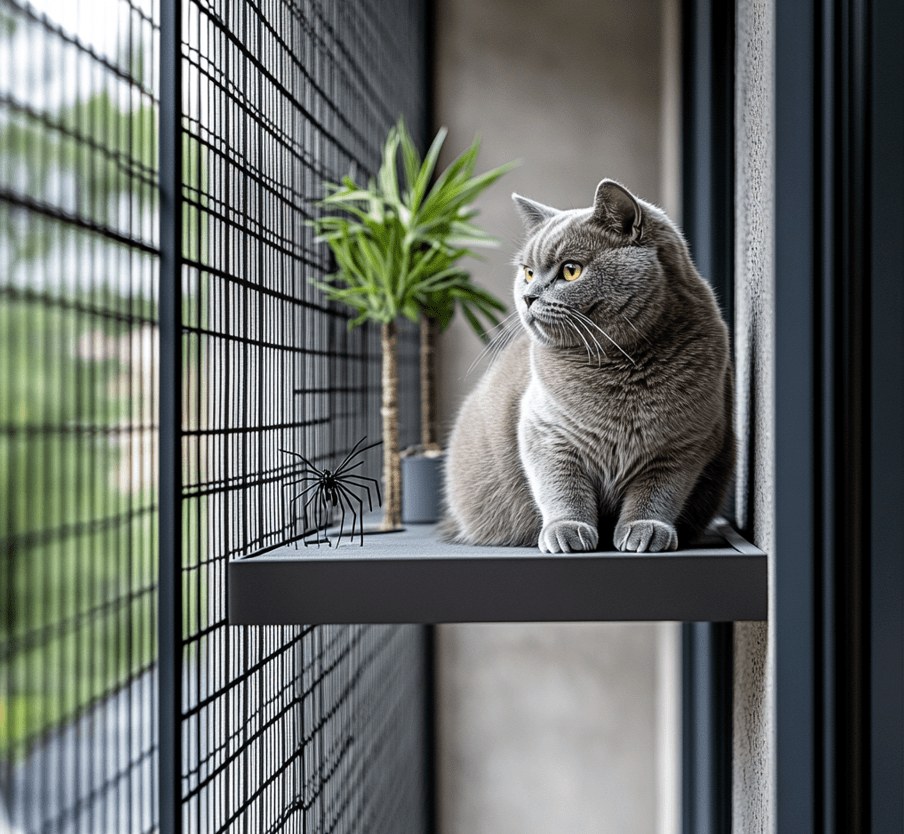
Challenge 1: Your Cat Runs Away
If your British Shorthair bolts at the sight of a brush, they may have had a negative experience in the past. Start by reintroducing grooming slowly, using the steps above. Leave the brush out in a non-threatening way, and don’t chase your cat if they run. Instead, try grooming during a time when they’re naturally relaxed, like after a nap. You can also lure them back with treats or a toy, but never force them to stay.
Challenge 2: Aggression During Grooming
Some British Shorthairs may swat, hiss, or bite during grooming if they feel threatened. If this happens, stop immediately and give them space. Assess whether the tool you’re using is causing discomfort—switch to a softer brush or grooming glove if needed. It’s also possible that your cat is overstimulated, so try shorter sessions and focus on less sensitive areas. If aggression persists, consult a veterinarian to rule out underlying health issues, like skin irritation or pain.
Challenge 3: Excessive Shedding
British Shorthairs are prone to shedding, especially during seasonal changes. If you notice excessive shedding, increase the frequency of grooming sessions to remove loose hair before it becomes a problem. A deshedding tool can be helpful, but don’t overuse it, as it can thin out their coat. Ensure your cat’s diet is rich in omega-3 fatty acids, which promote a healthy coat and reduce shedding. If shedding seems abnormal, consult a vet to check for dietary deficiencies or health conditions.
Additional Tips for Successful British Shorthair Grooming
Check Their Skin: While grooming, look for signs of irritation, redness, or fleas. British Shorthairs can be prone to skin allergies, so early detection is important.
Bathe Sparingly: British Shorthairs generally don’t need frequent baths, as they’re good at self-grooming. If a bath is necessary (e.g., after rolling in something sticky), use a cat-safe shampoo and ensure they’re completely dry afterward to prevent chills.
Trim Their Nails: Incorporate nail trimming into your grooming routine to prevent overgrowth. Use a cat-specific nail clipper and trim only the tip to avoid cutting the quick.
Clean Their Ears and Eyes: Use a damp cotton ball to gently clean around their eyes and ears. Never insert anything into the ear canal, and consult a vet if you notice excessive wax or discharge.
How Often Should You Groom Your British Shorthair?
For most British Shorthairs, grooming once or twice a week is sufficient to keep their coat in good condition. During shedding seasons, you may need to groom every other day to manage loose hair. Pay attention to your cat’s individual needs—some may require more frequent grooming if they’re prone to matting, while others with lighter shedding may need less. Regular grooming also helps you monitor their overall health, so it’s a good habit to maintain year-round.
When to Seek Professional Help
If your British Shorthair consistently resists grooming despite your efforts, or if their coat becomes severely matted, it might be time to consult a professional groomer. A groomer experienced with cats can handle tricky situations without causing stress. Additionally, if you notice signs of skin issues, excessive shedding, or behavioral changes during grooming, a veterinarian can help determine if there’s an underlying health problem.
Conclusion: Grooming Habit
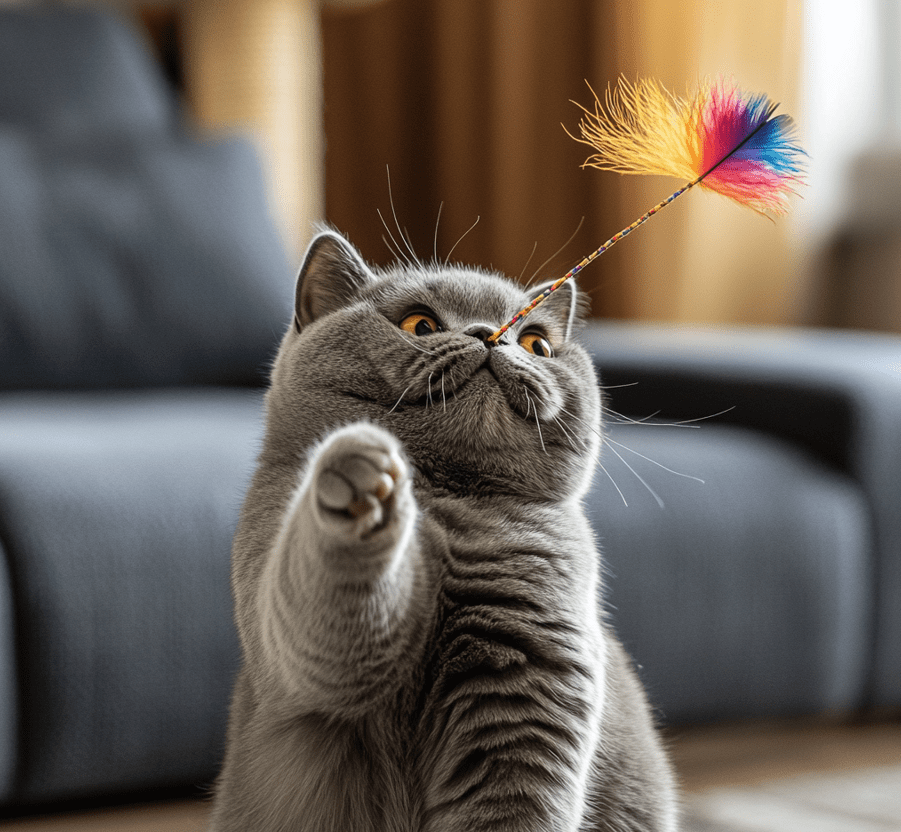
Teaching your British Shorthair to enjoy grooming sessions is a rewarding journey that benefits both you and your cat. By starting slowly, using positive reinforcement, and creating a calm environment, you can turn grooming into a pleasant experience. The key is patience—every cat learns at their own pace, and with consistency, your British Shorthair will come to see grooming as a time for bonding and relaxation. Follow the steps in this guide, and you’ll have a well-groomed, happy cat in no time.
With regular grooming, your British Shorthair’s coat will stay healthy and shiny, and you’ll strengthen your relationship along the way. So, grab your brush, some treats, and start building a grooming routine that your cat will love!

